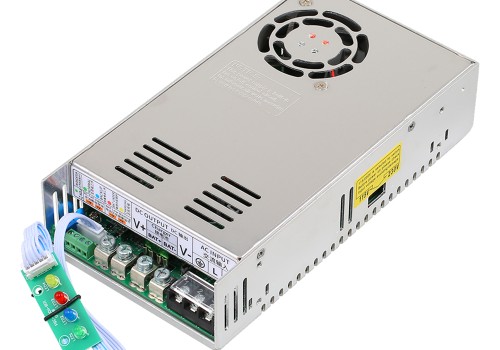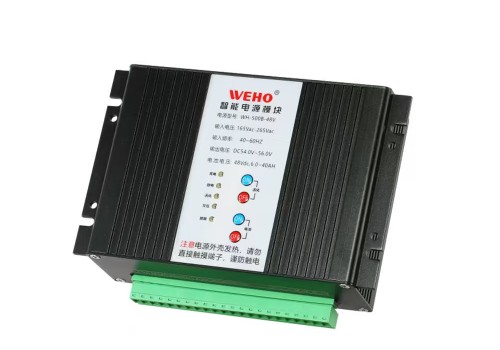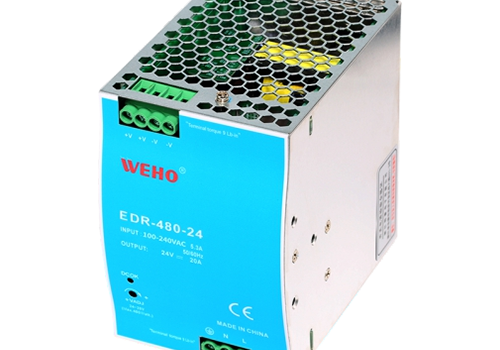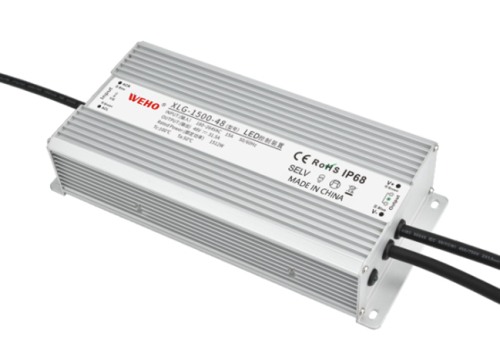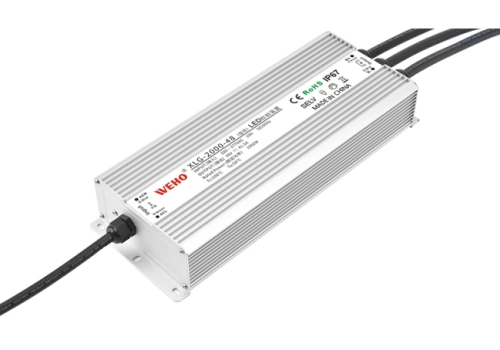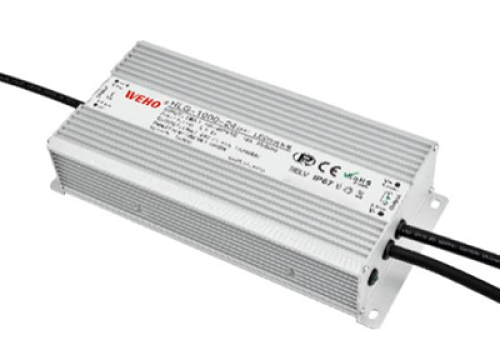Designing a DC-DC converter may seem like a daunting task, but with the right approach and understanding of the fundamentals, it becomes a manageable, rewarding endeavor. This guide aims to walk you through the essential steps and considerations involved in designing a DC-DC converter, ensuring that you achieve both efficiency and reliability in your final product. Whether you’re an engineer, a hobbyist, or a buyer interested in DC-DC converters, this guide has something valuable for you.
Understanding the Basics of DC-DC Converters
DC-DC converters are electronic devices that convert one level of DC voltage to another. They are critical in applications where various components require different voltage levels. For instance, in a typical electronic device, the microcontroller might need 3.3V, while the sensors and motors might require 5V or 12V.
Types of DC-DC Converters
Buck Converter: Steps down the input voltage.
Boost Converter: Steps up the input voltage.
Buck-Boost Converter: Can step up or step down the input voltage.
Cuk Converter: Provides a negative output voltage.
SEPIC Converter: Can step up or step down the input voltage, providing a positive output.
Each type has its unique advantages and applications, and selecting the right one depends on your specific needs.

Step-by-Step Guide to Designing a DC-DC Converter
Step 1: Define Your Requirements
Before diving into the design, clearly define the requirements for your DC-DC converter. Key parameters to consider include:
Input Voltage Range: The range of voltages the converter will accept.
Output Voltage: The desired output voltage.
Output Current: The maximum current required by the load.
Efficiency: Desired efficiency levels to minimize energy loss.
Load Regulation: The ability of the converter to maintain steady output despite variations in load.
Transient Response: How quickly the converter responds to changes in load or input voltage.

Step 2: Select the Topology
Choose the appropriate topology based on your requirements. For example, if you need to step down the voltage, a buck converter is suitable. If you need to step up the voltage, a boost converter is ideal. For applications requiring both, consider a buck-boost or SEPIC converter.
Step 3: Calculate Component Values
Once you’ve selected the topology, you need to calculate the values of the key components, such as inductors, capacitors, and resistors.
Inductor Selection
The inductor’s value affects the ripple current and overall performance of the converter. Use the following formula for a buck converter:
\[ L = \frac{(V_{in} – V_{out}) \times D}{f_s \times \Delta I_{L}} \]
Where:
\( V_{in} \) = Input voltage
\( V_{out} \) = Output voltage
\( D \) = Duty cycle
(\( V_{out}/V_{in} \) for buck converter)
\( f_s \) = Switching frequency
\( \Delta I_{L} \) = Inductor ripple current
Capacitor Selection
Capacitors help smooth out the output voltage and minimize ripple. The value of the output capacitor can be estimated as:
\[ C_{out} = \frac{\Delta I_{L}}{8 \times f_s \times \Delta V_{out}} \]
Where:
\( \Delta V_{out} \) = Allowable output voltage ripple
Step 4: Design the Control Loop
A stable and efficient control loop is crucial for the performance of your DC-DC converter. Typically, a Pulse Width Modulation (PWM) controller is used to regulate the duty cycle, ensuring the output voltage remains constant despite changes in input voltage or load.
Step 5: Simulate the Design
Before building the physical converter, it’s wise to simulate your design using software tools like SPICE, LTspice, or MATLAB. Simulation helps identify potential issues and allows for optimization of component values and control strategies.
Step 6: Build and Test a Prototype
Once you’re confident in your design, build a prototype. Use a printed circuit board (PCB) for best results, as it provides a reliable platform for testing. During testing, measure key parameters such as output voltage, efficiency, and thermal performance.
Step 7: Optimize and Finalize the Design
Based on your testing results, EMI/EMC Compliance
Electromagnetic interference (EMI) and electromagnetic compatibility (EMC) (Nofollowhttps://www.tandfonline.com/doi/abs/10.1080/02564602.2003.11417100)are critical considerations in DC-DC converter design. Ensure your design adheres to relevant standards to prevent interference with other electronic devices.

Reliability and Safety
Incorporate features such as over-voltage protection (OVP), over-current protection (OCP), and short-circuit protection (SCP) to enhance the safety and reliability of your DC-DC converter.
Conclusion
Designing a DC-DC converter requires a thorough understanding of electronic principles, careful planning, and meticulous testing. By following the steps outlined in this guide, you’ll be well on your way to creating a high-performance, reliable DC-DC converter tailored to your specific needs. Remember, the key to success lies in continually learning and iterating on your design.
For more in-depth tutorials and industry insights, stay tuned to our blog.https://www.wehopower.com/ Please come to our official website and leave us a message.
FAQ
1.Q:What is the purpose of DC-DC converter in electric vehicle?
The main dc-dc converter changes dc power from an on-board 200-800V high voltage battery into lower dc voltages (48V or 12V) to power headlights, interior lights, wiper and window motors, fans, pumps and many other systems within electric vehicles (EV) and hybrid electric vehicles (HEV).
2.Q:What do DC-to-DC converters do?
DC-to-DC converters are devices that temporarily store electrical energy for the purpose of converting direct current (DC) from one voltage level to another. In automotive applications, they are an essential intermediary between systems of different voltage levels throughout the vehicle
- Q:Does DC-DC converter help in EV charging system?
In an EV, many in-vehicle equipment (except the motor) operates at a voltage far lower than the source voltage of the EV. The DC/DC converter is therefore needed to convert the high-voltage DC power output from the lithium ion battery, into low-voltage DC power.


